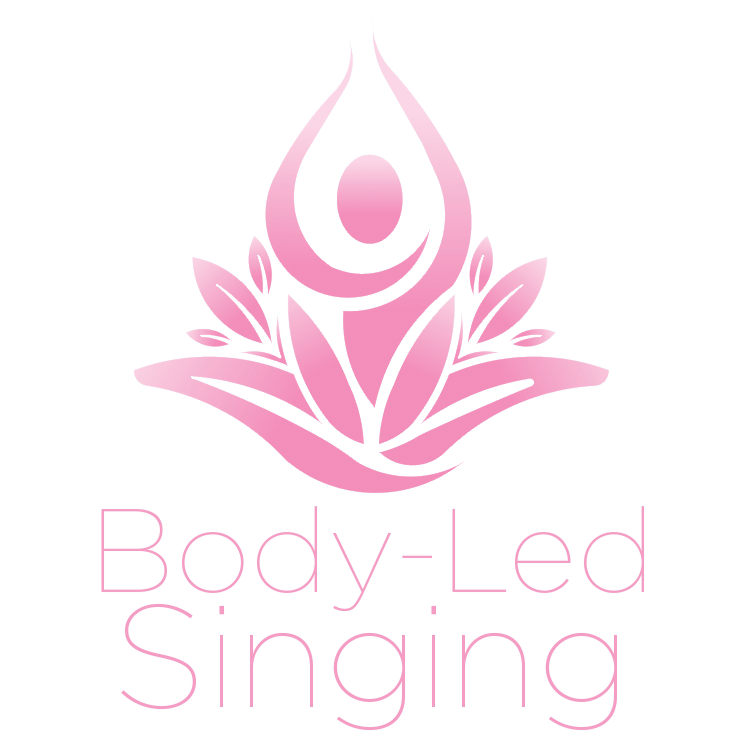Do No Harm
The concept of “doing no harm” is also a strong influence on my teaching. It’s something I learned from Sally Munro, my Alexander technique voice teacher in SF. This concept is VERY important and easier said than done. Any sort of effort may manifest in the body as tension – often in the voice. When we aim our attention on something we do not want, we contract against it. In other words, we use effort. This is a common way that I have seen voice teachers operate. In my teaching I make a point to do the opposite. I believe that when we put our attention and approval on what is already good, then it grows. As a teacher I make a point to put my attention on the solution rather than the problem – inviting freedom rather than tension.
Unfortunately, many teachers do not do this and here is why: In order to point out what to do, rather than what not to do, it is necessary to have an in-depth understanding about the voice that few teachers posses. Teachers need to have a detailed mental diagram of the anatomy and physiology that creates free singing, as well as a sensitivity to the emotional responses that produce tension vs. freedom in the voice. There is so much going on anatomically, mentally, emotionally and intellectually when we put rhythms and melody together in the voice. A teacher needs to be knowledgeable and attuned to all layers of this process in order to “do no harm”. Just as in holistic medicine, the obvious “symptom” we hear in a voice, is rarely the root of the issue. Finding the “root” issue allows relaxation into a deeper sense of support for the voice – both literally and metaphorically.
As a teacher, I am dedicated to beginning from a place of acceptance and approval and focusing my attention on the potential for freedom. I meet my students where they are at – present to individual personalities and learning styles.
Take the next step.
I want to help you find your next step to your authentic, beautiful, Free Voice.



